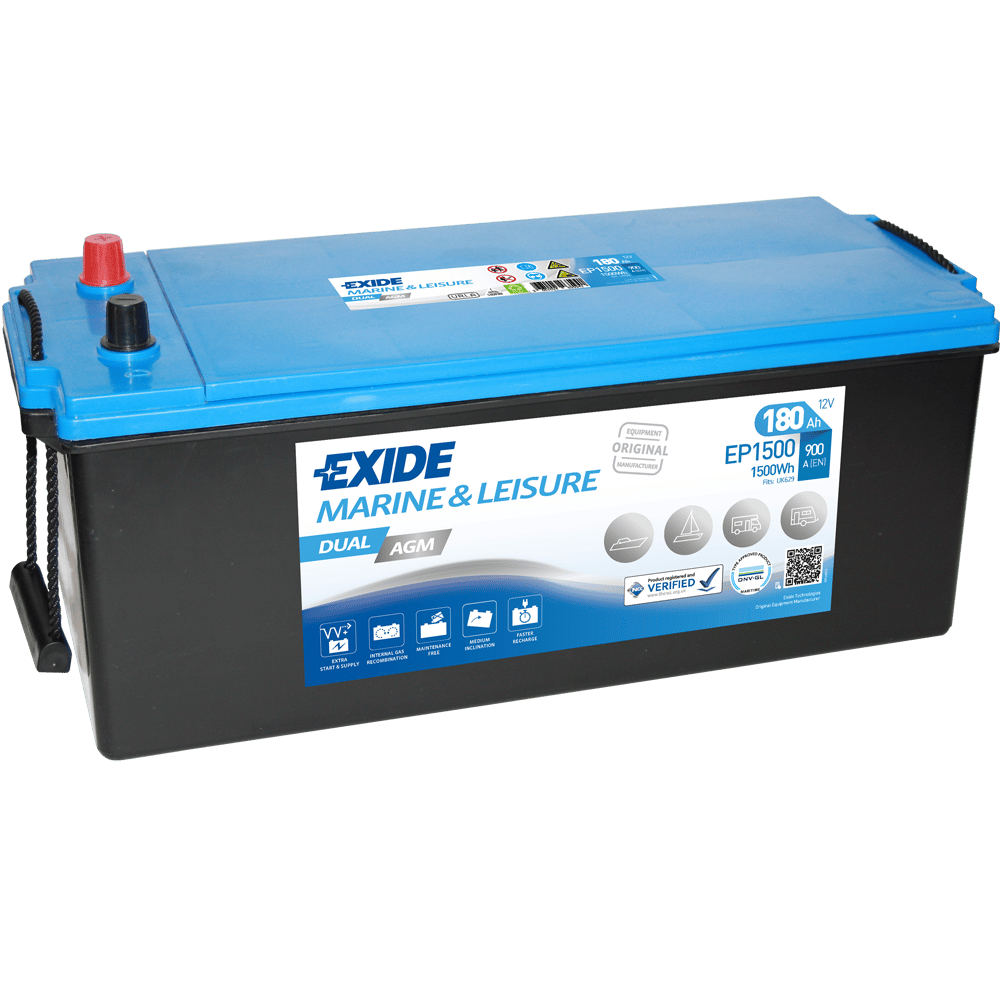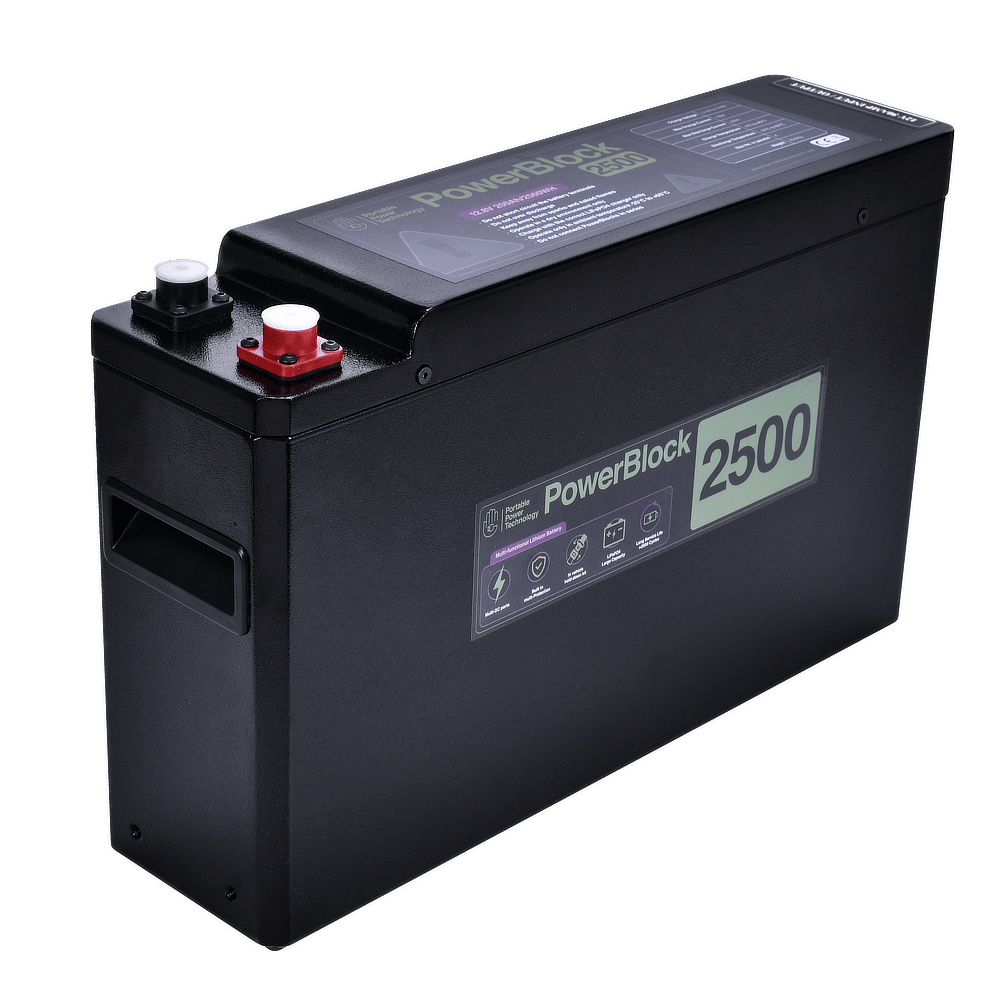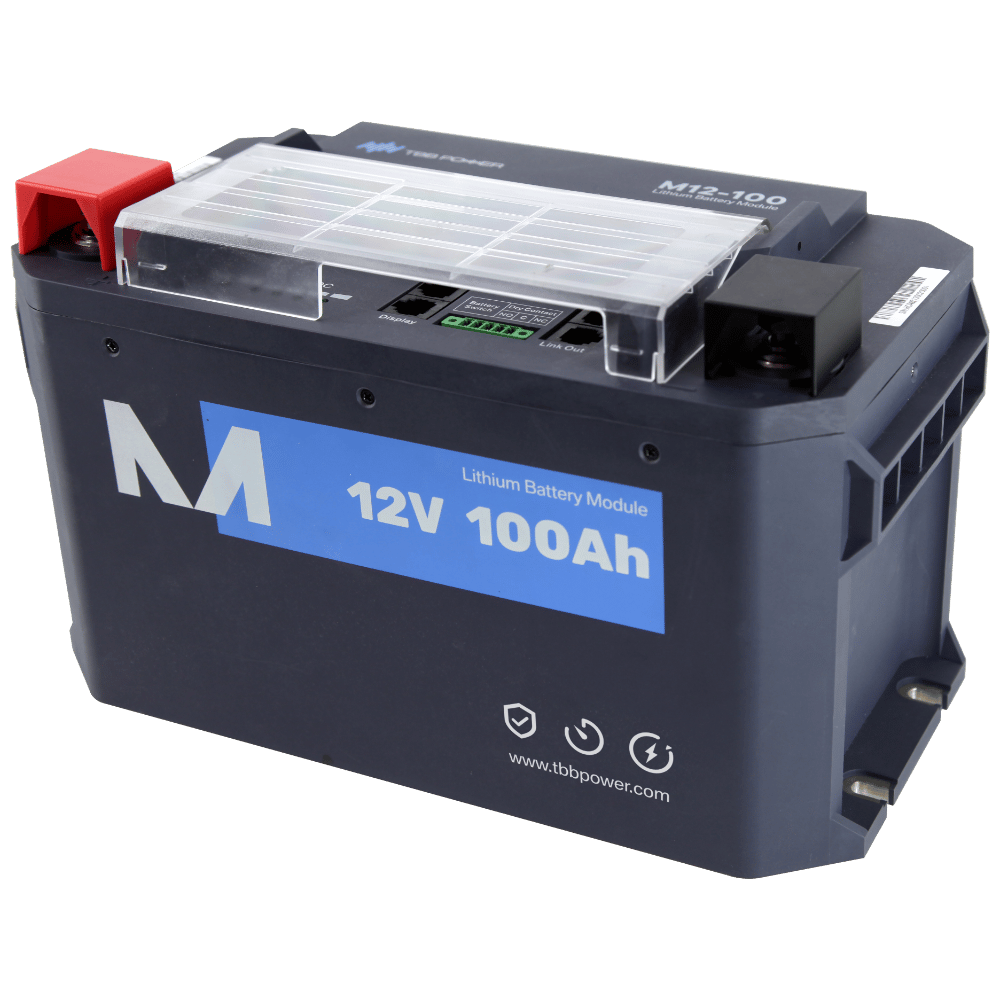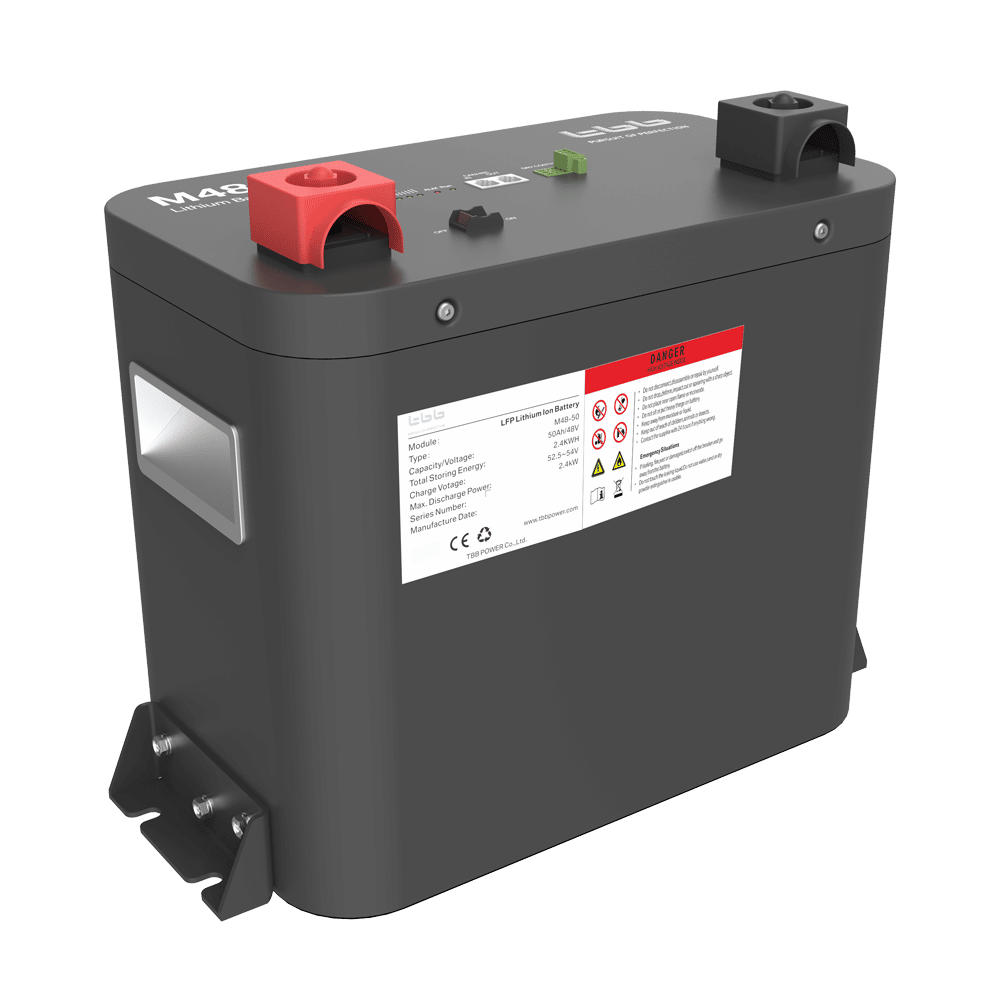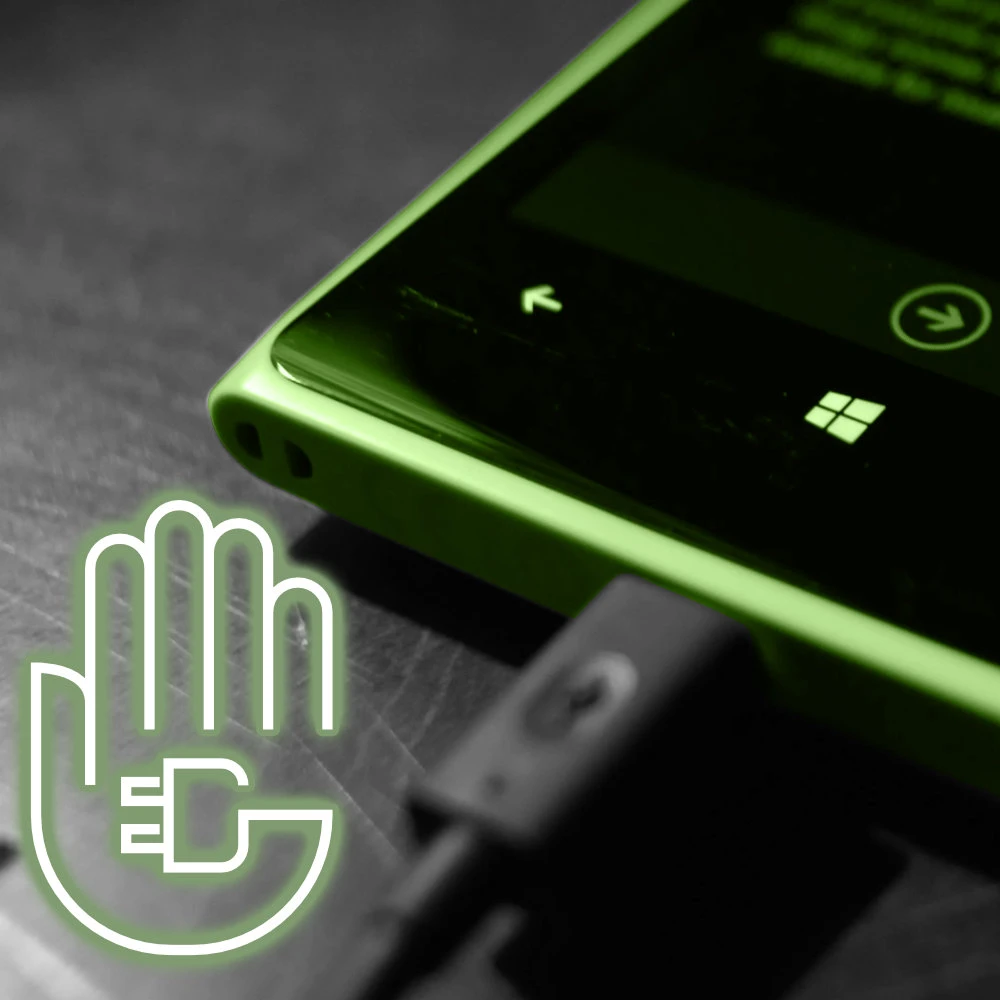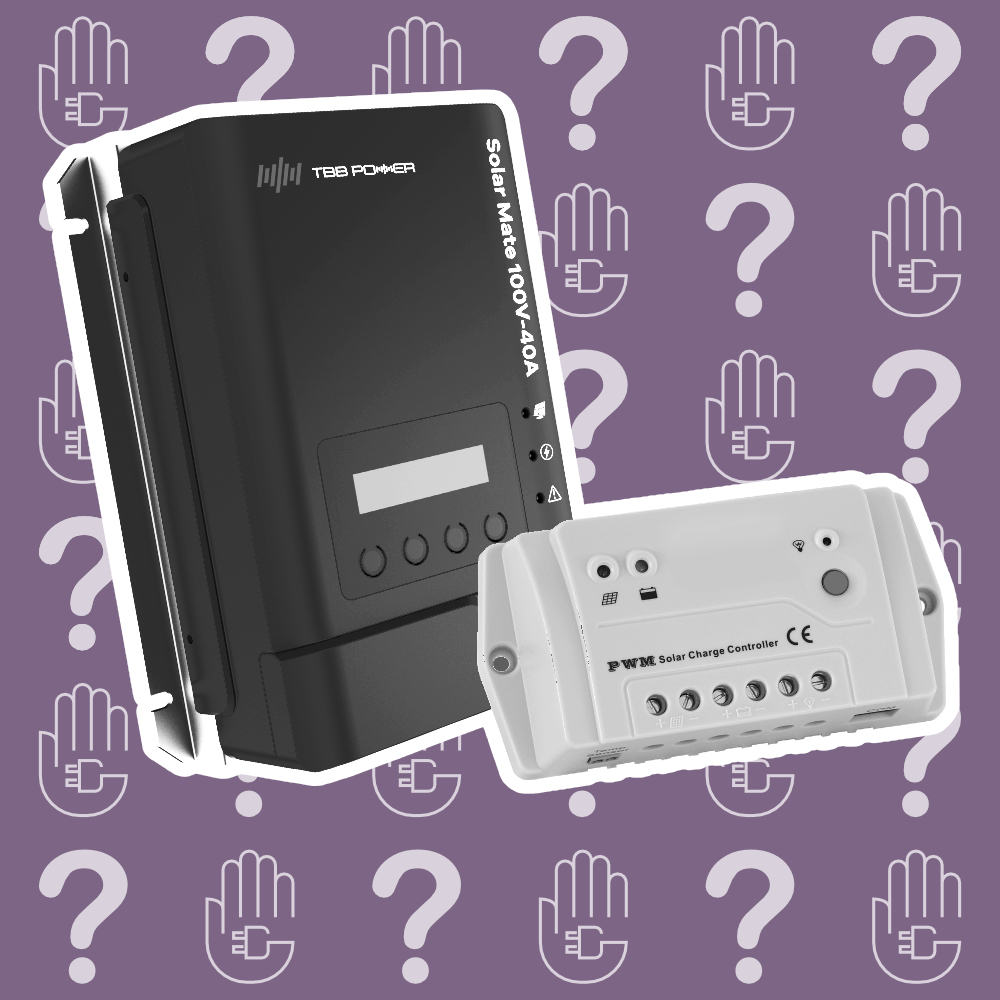As more and more people turn to alternative power sources for their homes and vehicles, auxiliary batteries have become increasingly popular. Whether you're looking to power your RV, boat, or off-grid home, an auxiliary battery can provide the reliable and consistent energy you need. But with so many different types of auxiliary batteries available, selecting the right one for your specific needs can be a challenging task.
That's why we've put together this guide on how to size a battery, or auxilliary battery, depending on your usage. We'll take you through the step-by-step process of selecting the perfect battery, based on your own power requirements. We'll cover important factors such as battery capacity, voltage, and depth of discharge, and provide you with the knowledge you need to make an informed decision.
Whether you're looking for an auxiliary battery to power your off-grid home, keep your boat running smoothly, or provide backup power for your RV, this guide has you covered. By the end of this article, you'll have the knowledge and confidence to select the ideal auxiliary battery to meet your needs.
How to work out energy Consumption?
Once you know the wattage and usage times of your coffee equipment you've already done the hard work! This data will help determine the ideal battery capacity you'll need. The first step is to work out your estimated energy consumption, and thats where we can help.
To work out the energy consumption of a single device, simply take its power rating, and times it by how long it's running for, based on the nearest hour or half. Using the following formula may help:
Power Rating (W) x Runtime in hours (h) = Daily Energy Consumption (Wh)
So if I was to use my 600W coffee grinder for 30 minutes a day, we can assume this would use 300Wh of energy.
(600 Watts x 0.5 hours = 300 Watt hours )
I worked this out by taking my power rating of 600W and multiplying it by my runtime which is 30 minutes.
Since we need hours for this calculation I would phrase my runtime as 0.5 hours rather than 30 minutes.
Some loads might be less straight forward, say if I wanted to use my 1000W blender a few times throughout the day.
Lets say I only need to use this for 3 minutes at a time for every frappé I make but I don't know how many I will make in a day.
For this we would need to use a realistic estimate. In this case we'll say we expect to make around 20 a day. We can then multiply the 3 minute runtime by 20 to get our total estimated run time of 60 minutes. This means we will be using the blender for a total of 1 hour each day, bringing our blender's daily energy consumption to 1000Wh. (1000W x 1h = 1000Wh)
For batteries, storage capacity is typically measured in ampere-hours (Ah) or watt-hours (kWh). To calculate the required battery capacity, you'll have to work out the estimated consumption for each device. Once gathered you can combine them together to get your total energy consumption.
Energy Consumption Table
| Appliance | Usage | Estimated Rating | Energy Consumption |
|---|---|---|---|
| Interior Lights x8 | 8 Hours | 80W | 640Wh |
| Dual Fuel Coffee Machine | 8 Hours | 20W | 160Wh |
| Card Reader POS | 8 Hours | 10W | 80Wh |
| Phone / Tablet Charging | 6 Hours | 20W | 120Wh |
| Water Heater | 1.5 Hours | 1500W | 2250Wh |
| Coffee Grinder | 0.5 Hours | 600W | 300Wh |
| Total Energy Consumption | 3550 Wh | ||
How to size a battery?
Once we have a good understanding of how much energy we will be using in an average work day, we can then appropriately size our battery bank. Some batteries list their total power capacity in Wh (Watt hour), in which case it's as simple as buying enough batteries to satisfy your total energy demands (Wh).
However most batteries list their total capacity in AH (amp hours), in which case we will need to convert this into a Wh measurement so that it's easier to compare with our Total Energy Consumption.
Convert Ah to Wh
To work out a batteries capacity in WH we simply multiply the total Ah capacity by the Voltage of the battery we are looking at. This formula allows you to explore battery systems of all kinds of voltages including 12V, 24V and 48V options.
Amp Hours (Ah) x Battery Voltage (V) = Watt Hours (Wh)
So if we had a 12V battery with a capacity of 100Ah, then this would equal 1200Wh.
We know that 1200Wh is much smaller than 3550Wh and therefore can logically suggest that we would need at least 3 of these batteries to satisfy our Total Energy Consumption of 3550Wh.
Convert Wh to Ah
For context, we can reverse this formula and work out exactly how many Ah our system would need.
To achieve this we simply divide our Total Energy Consumption by battery voltage. This gives us a rough idea of how many Amp hours (Ah) we should be looking for.
Watt Hours (Wh) ÷ Battery Voltage (V) = Amp hours (Ah)
Our Total Energy Consumption is 3550Wh so if we divide this by 12V we get around 296Ah.
This means that if we wanted a 12V power system, we would need to make sure the total capacity was at least 296Ah.
Alternatively we could use a 24V system with a total capacity of 148Ah or even a 48V system with a capacity 74Ah
Battery Type Differences
The most common battery types are Lead-Acid, AGM, Gel and Lithium. We wont go into detail about all the differences between these but we will look at how much usuable energy they can hold.
Lead-Acid batteries will advertise themselves in the same way as every other battery, however you will get far more energy out of a 50Ah Lithium battery, than you will a 50Ah Lead-Acid one. But why is that?
This might seem strange as you're probably thinking: "since they are both 50Ah batteries, they must have the same capacity?" In a way this is true, however with a Lead-Acid battery, you will not be able to reliably discharge the battery below 40% of its total capacity. Whereas lithium batteries have a "Depth of Discharge" that can be as low as 95%.
Typically AGM and GEL batteries have a good depth of discharge of approximately 60-80%. However like all batteries, over time this degrades and is expected to drop by up to 50% in just 5 years. Thats providing the AGM battery can still hold charge after 5 years, which is highly unlikely.
Lithium batteries also degrade but over a longer period of time and at a much less impactful rate.
Meaning at most, the depth of discharge on your lithium battery will decrease by a maximum of 20% across a huge 10 year period.
Given that most lithium batteries are expected to last up to 20 years, you can be confident that lithium is built for the long-run.
Jargon Buster
Depth of discharge: refers to how much energy can be obtained on any given cycle. This is expressed as a percentage of the total capacity of the battery.
SOC: State of charge. A percentage based on how charged a battery is, with 100% being full and 0% being fully depleated.
A battery cycle: Refers to using a battery from 100% SOC to 0% SOC and then recharging it back up to 100%.
Battery chemistry: Refers to the main metal / mixture that comprises a battery such as Lead-Acid, Calcium or Lithium
Battery Reccomendations
Energy Efficiency
When calculating your energy consumption and using this to size a battery, it's absolutely vital to oversize this slightly and have a battery system that is larger than your total energy consumption. Up until now we have been working with figures and equations but it's not always as simple as this in a real world application.
Energy efficiency is not as simple 1:1 trade as you have factors like natural losses, conversion costs and other minor inconsistencies that effect how much energy you can reliably draw from your batteries.
Furthermore we have not even though about what would happen if our appliances use more energy that what we've estimated. Therefore its best to take your calculations with a pinch of salt. What we mean by this is that you should design your system to be larger than your calculated needs.
That way you can give yourslef some leeway, should you have underestimated any of your calculations. We can easily achieve this by making sure to size our battery capacity to be at least 20% larger than the estimated Energy Consumption. Meaning if our appliances consume 3600Wh in a single day, then we’ll opt for a power storage of around 4400Wh.
With all this in mind, you're equipped with the knowledge needed to work out the energy consumption of your mobile business and then apply this to figure out exactly how many axillary batteries you'll need. If you get stuck along the way or want some free advice, please get in touch with our technical team.

